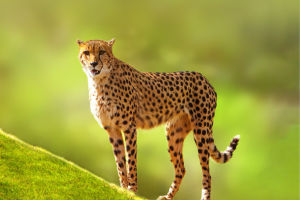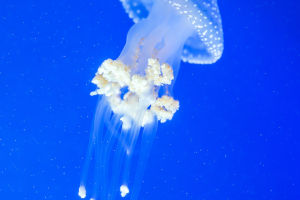In August 2020, the agricultural world was abuzz when a Texel ram fetched an astonishing £367,500 (approximately $490,000) at an auction in Scotland.
Texel ram is a breed of domestic sheep originating from the island of Texel in the Netherlands.
The record-breaking sale made headlines across the globe, not just for the staggering amount but also for what it signified about the state of sheep farming, the genetics industry, and the future of agriculture.
The ram, named "Double Diamond," was bred by Charlie Boden and his family, who are well-known breeders of high-quality Texel sheep in Cheshire, England. The Texel breed is highly prized for its excellent meat quality, wool, and strong genetic traits, making it a favorite among sheep farmers and breeders.
At first glance, the idea of a sheep being worth nearly half a million dollars might seem absurd to those outside the agricultural industry.
However, within the world of livestock breeding, particularly in the elite circles of pedigree breeding, such figures are not unheard of. The sale of Double Diamond reflects the growing emphasis on genetics and the desire to improve livestock breeds for better productivity and profitability.
In recent years, the use of advanced genetic techniques in livestock breeding has transformed the industry. Farmers and breeders are no longer just looking at physical traits like size, weight, and appearance.
Instead, they are delving into the genetic makeup of animals to select for specific traits that can be passed on to future generations. In the case of Texel sheep, breeders are particularly interested in traits such as muscle development, wool quality, and fertility, all of which contribute to the commercial value of the animals.
Double Diamond stood out not just because of his impressive physical attributes, but also because of his genetic lineage. His pedigree included some of the most sought-after bloodlines in the Texel world, making him a highly desirable candidate for breeding.
By acquiring Double Diamond, the consortium of buyers hoped to introduce his superior genetics into their flocks, thereby improving the quality and value of their own sheep.
The sale of Double Diamond also highlights the growing global demand for high-quality meat and the role that elite breeding plays in meeting this demand.
As consumers become more discerning about the quality of the meat they purchase, there is increased pressure on farmers to produce animals that can meet these expectations. In this context, the genetic quality of livestock becomes a crucial factor in determining their market value.
The sale of Double Diamond underscores the economic importance of agriculture and livestock breeding in regions like Scotland and the broader UK. Agriculture remains a vital part of the economy, particularly in rural areas, where it provides employment and supports local communities.
The sale of high-value animals like Double Diamond injects significant capital into the industry and can have a positive ripple effect on the local economy.
However, the high prices commanded by elite animals like Double Diamond also raise questions about the accessibility and sustainability of livestock breeding.
For smaller farmers who cannot afford to participate in such high-stakes auctions, there is a risk of being left behind in the race for genetic improvement. This could potentially widen the gap between large-scale commercial operations and smaller, family-run farms, leading to further consolidation in the industry.


